The inland Algarve contains nature reserves, medieval castles, and Roman ruins. The region includes thermal springs in Monchique, the red sandstone castle of Silves, and the bone chapel in Faro. Natural parks like Ria Formosa host multiple bird species. Historical villages, coastal fortresses, and lighthouses mark the landscape.
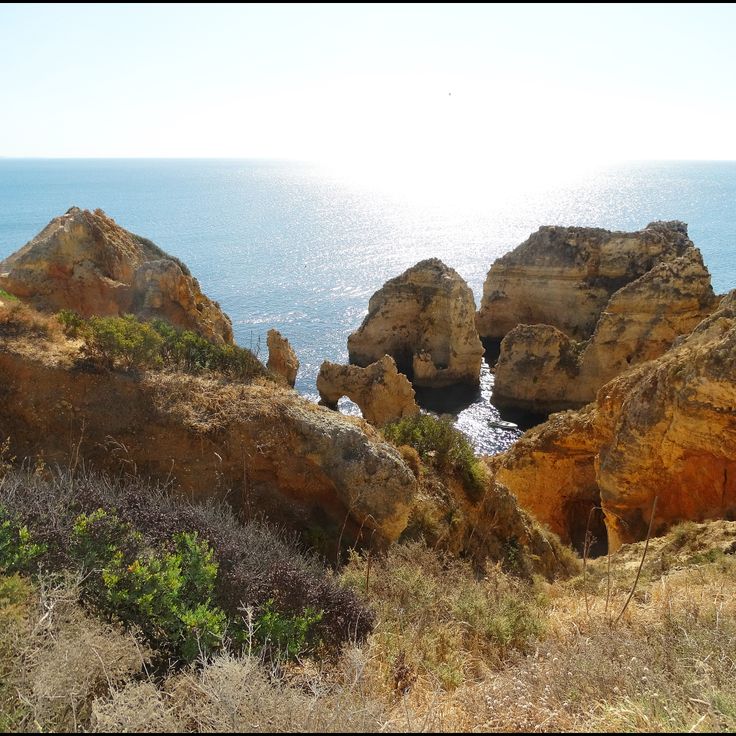
Lagos, Portugal
The limestone cliffs rise 20 meters above the Atlantic Ocean. Caves and rock arches mark the coastline.
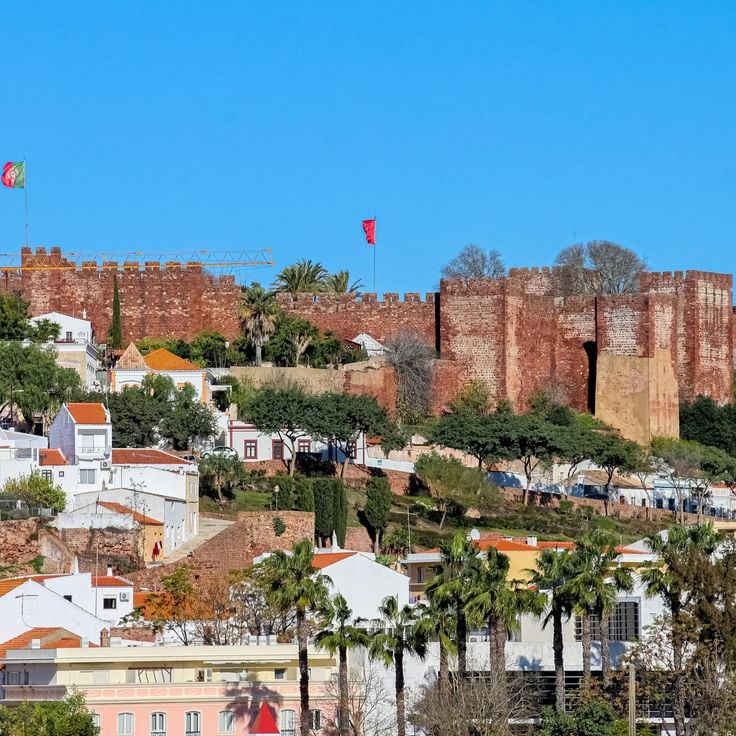
Silves, Portugal
This 8th-century fortress is the largest preserved Moorish construction in Portugal.
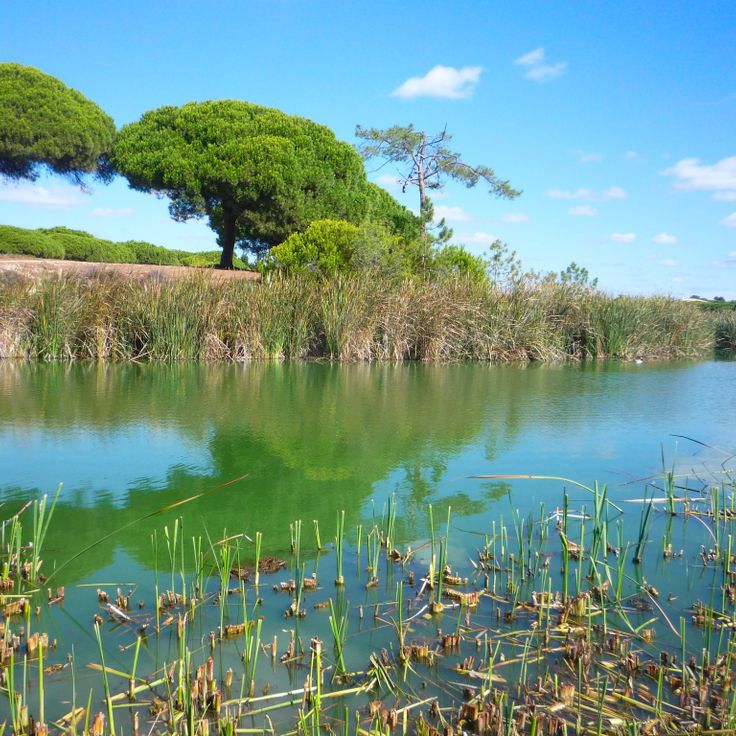
Faro, Portugal
The wetland extends 60 kilometers along the coast and hosts flamingos, storks, and chameleons.
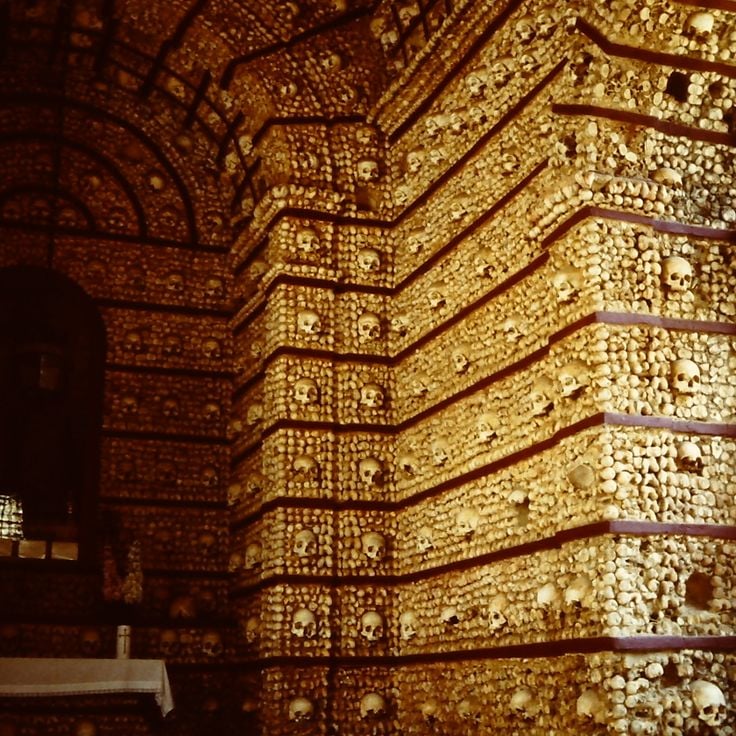
Faro, Portugal
The walls and ceilings of this chapel are decorated with bones of 1245 monks dating from the 16th century.
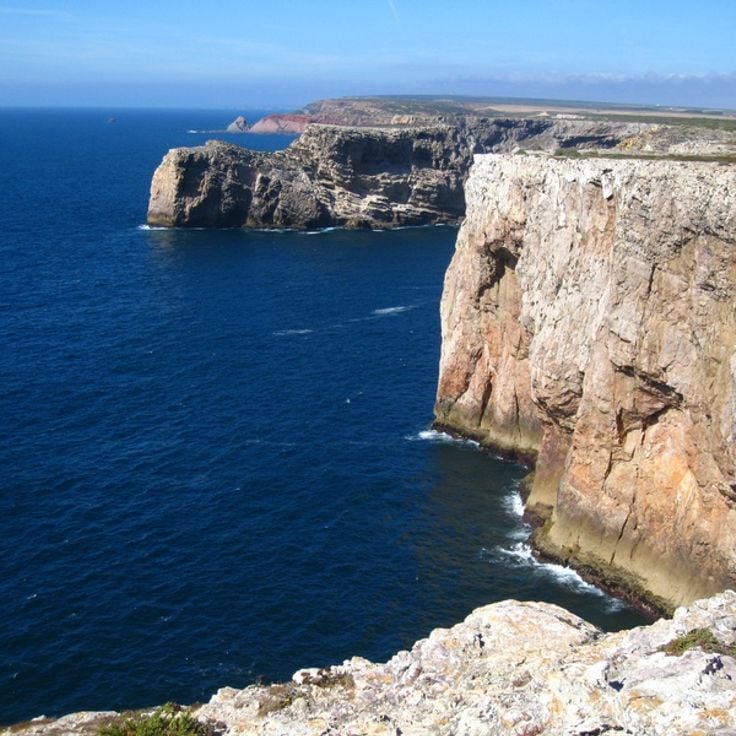
Vila do Bispo, Portugal
This coastal promontory marks Portugal's southwestern limit with 60-meter high limestone cliffs facing the Atlantic Ocean.
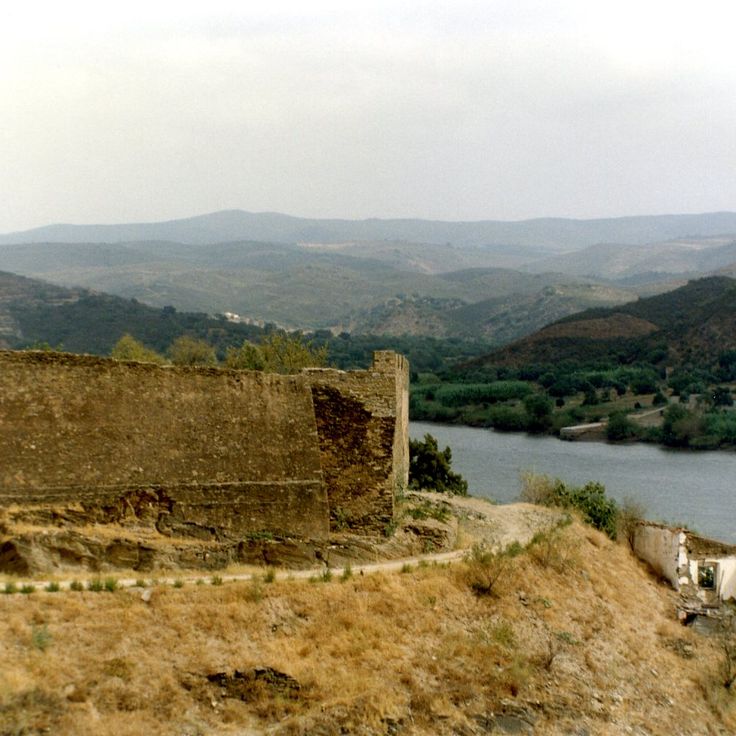
Alcoutim, Portugal
This medieval fortress stands on an elevated position above the Guadiana River, featuring stone walls and offering views of the Portuguese-Spanish border.
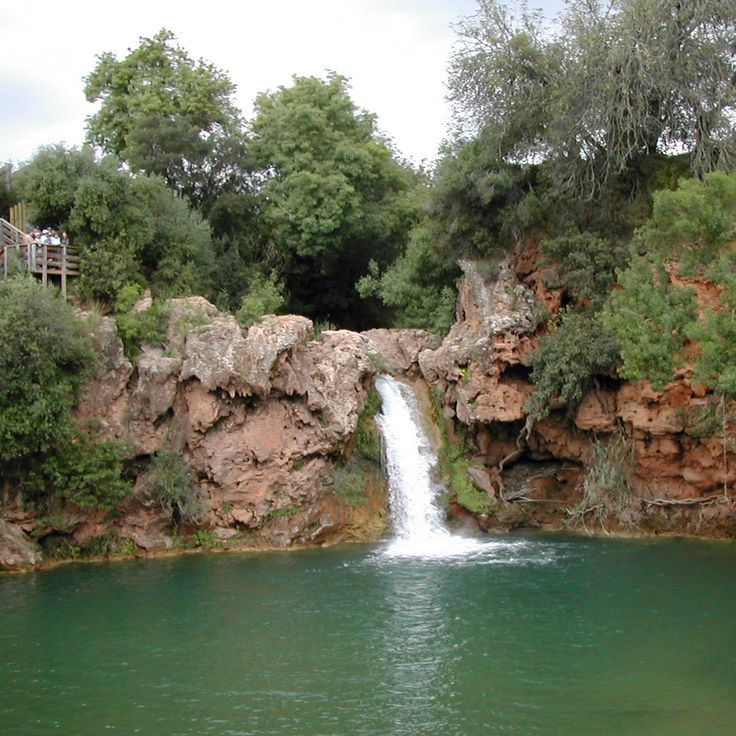
Tavira, Portugal
This natural pool forms at the base of a 4-meter waterfall, surrounded by cork oak trees and Mediterranean vegetation.
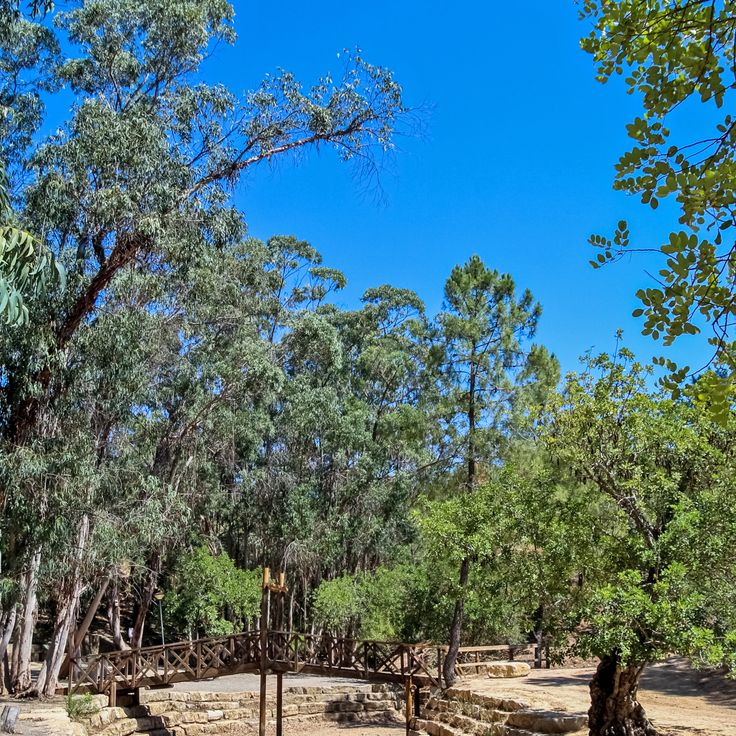
São Brás de Alportel, Portugal
This recreational area in the Algarve hills features stone tables, flowing water springs, and native cork oak forest.
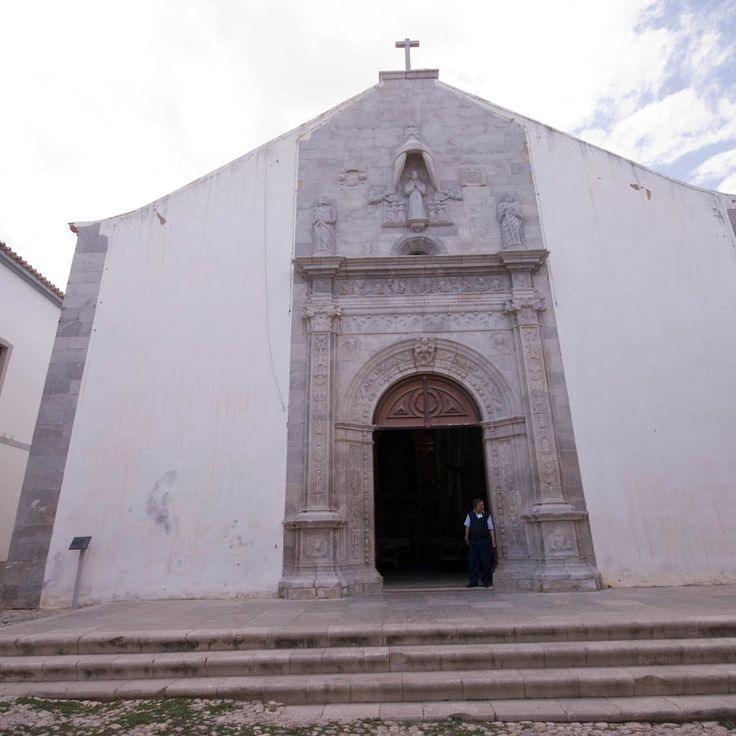
Tavira, Portugal
This church features ornate decorations with examples of Renaissance art and architecture located in Tavira's historic center.
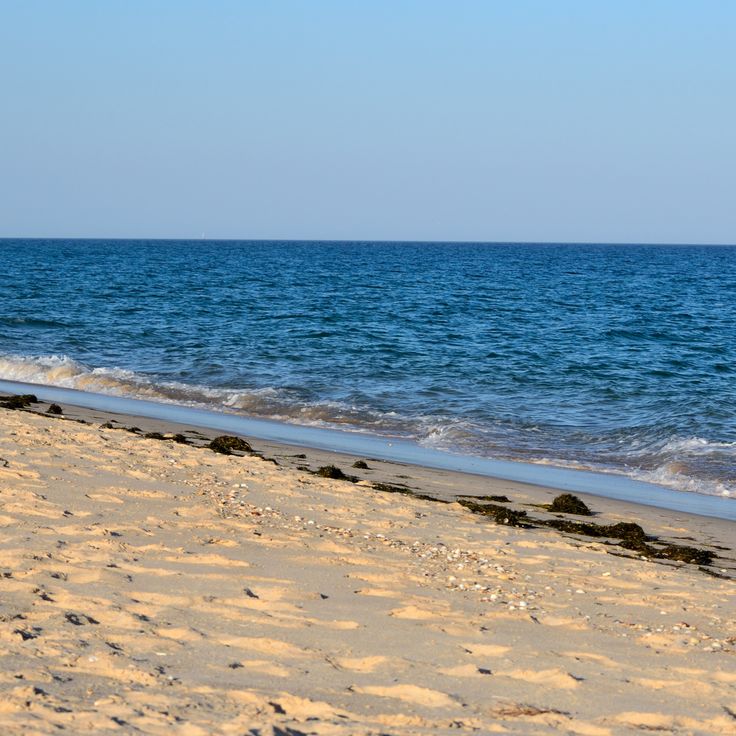
Tavira, Portugal
This beach can be reached by a miniature train and features scattered anchors along the sand dunes.
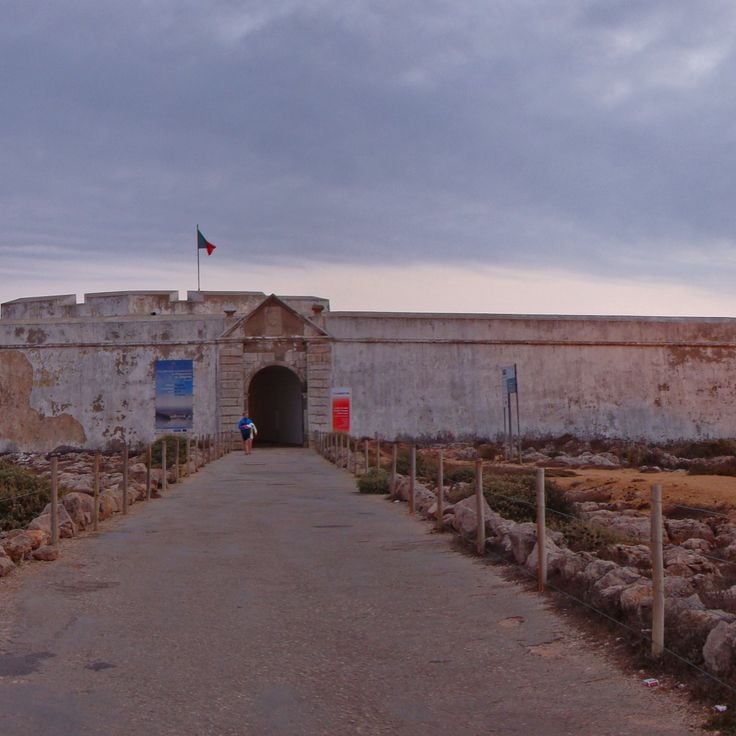
Vila do Bispo, Portugal
The fortress stands on high cliffs, showcasing the area's rich maritime history and offering panoramic views of the sea.
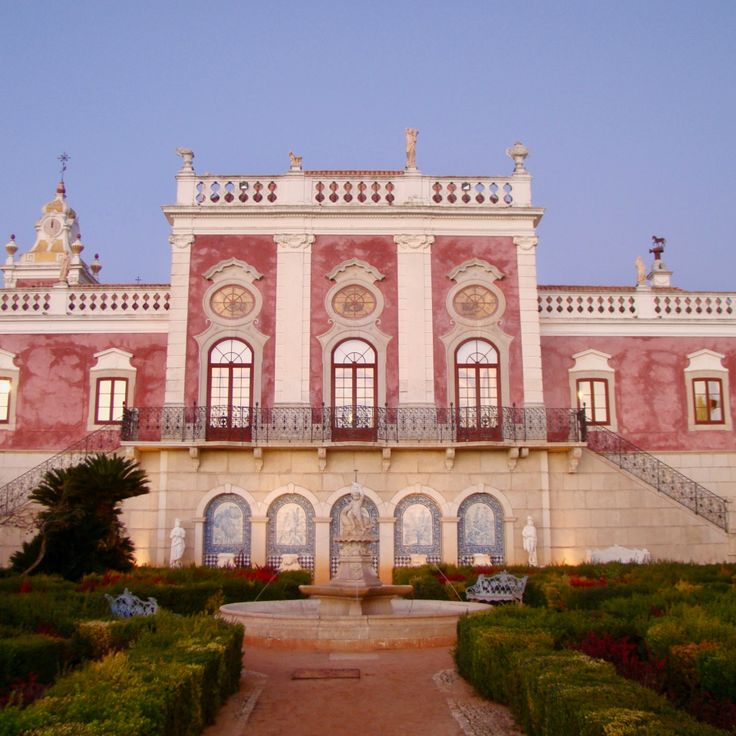
Faro, Portugal
A palace featuring gardens and detailed Rococo decoration that is frequently overlooked.
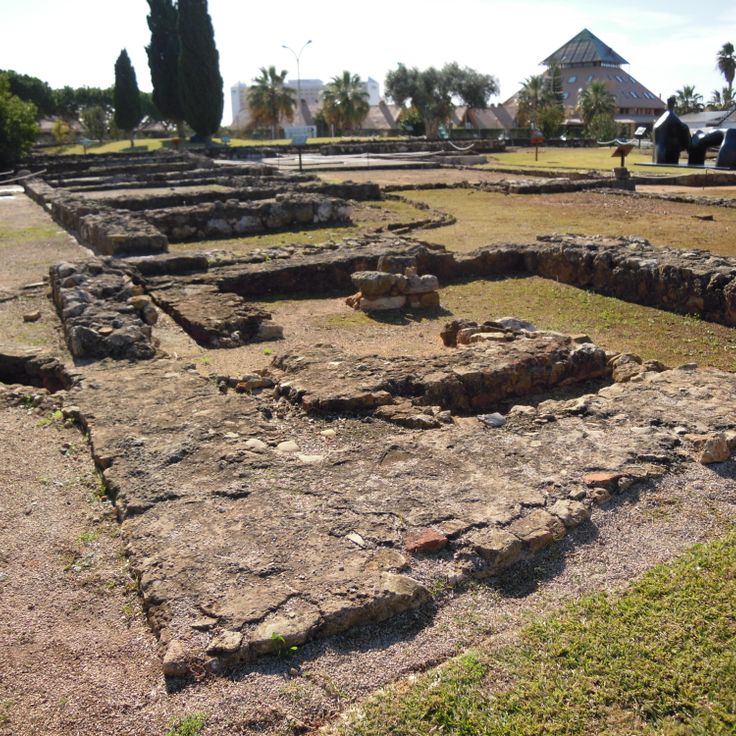
Quarteira, Portugal
The Roman settlement contains foundations of houses, baths, and a fish processing factory dating from the 1st century.
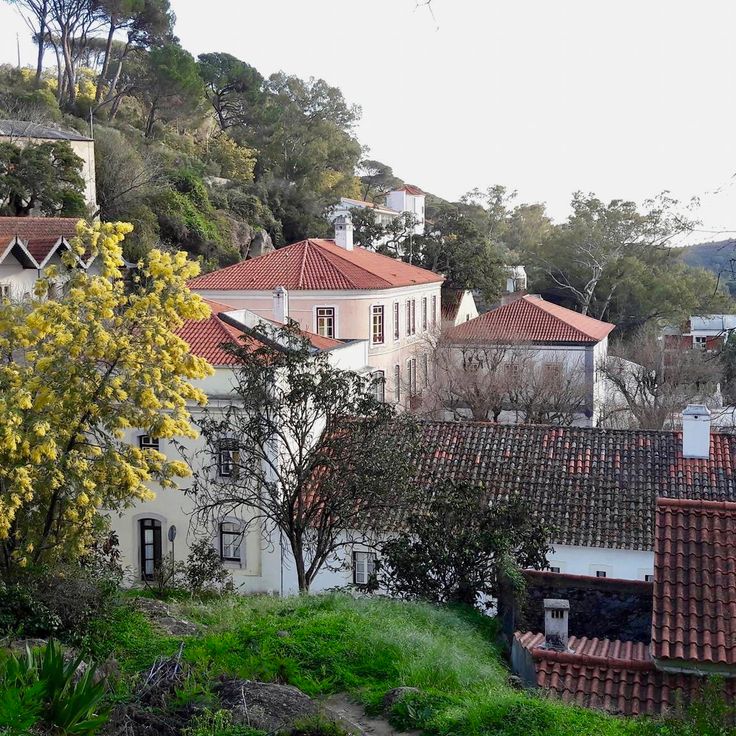
Monchique, Portugal
The thermal springs flow at 32°C from the mountain and have been used for medical treatments since Roman times.
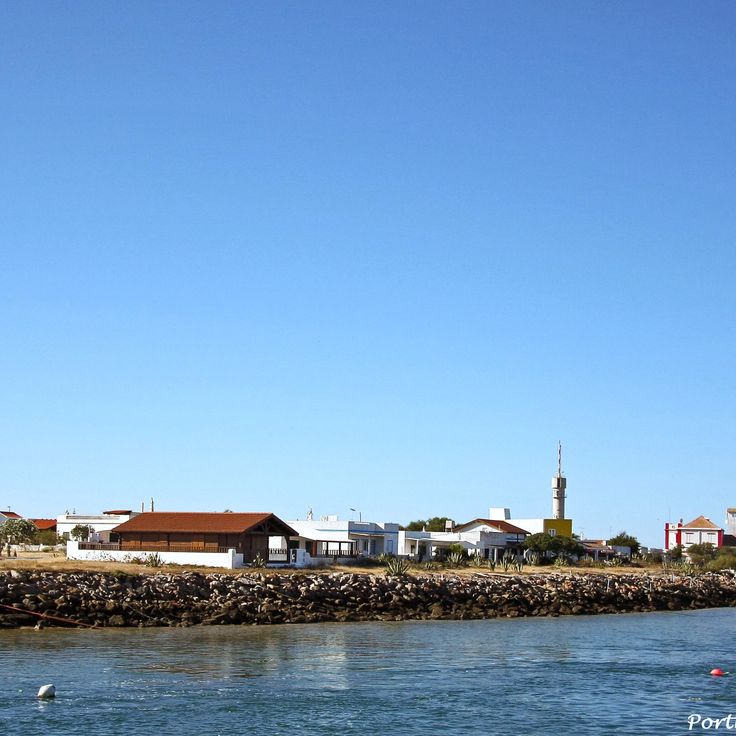
Faro, Portugal
The island features a 46-meter tall lighthouse built in 1851 and long sandy beaches with no motor traffic.

Lagoa, Portugal
The 14th-century chapel stands on a 40-meter high promontory and served as a coastal watchtower.
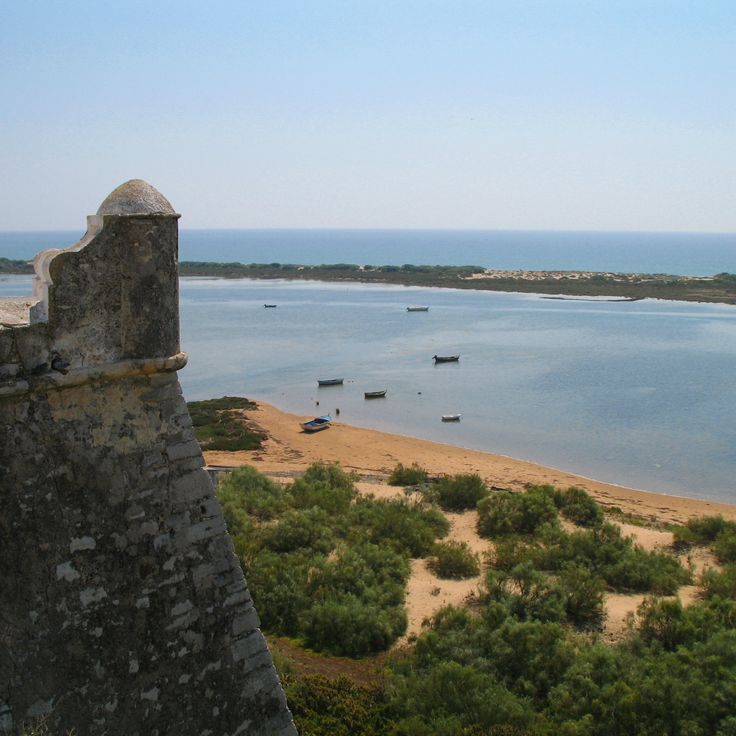
Vila Real de Santo António, Portugal
The white 18th-century fishing village stands on a hill overlooking salt water lagoons and the Atlantic coastline.
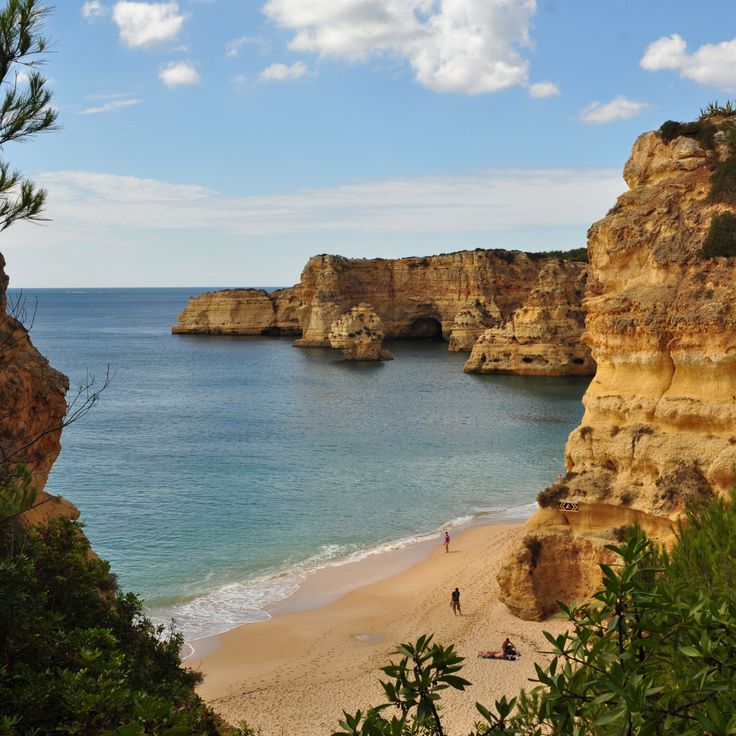
Lagoa, Portugal
A sandy beach protected by limestone cliffs with natural stone arches in the water and sea caves along the shore.
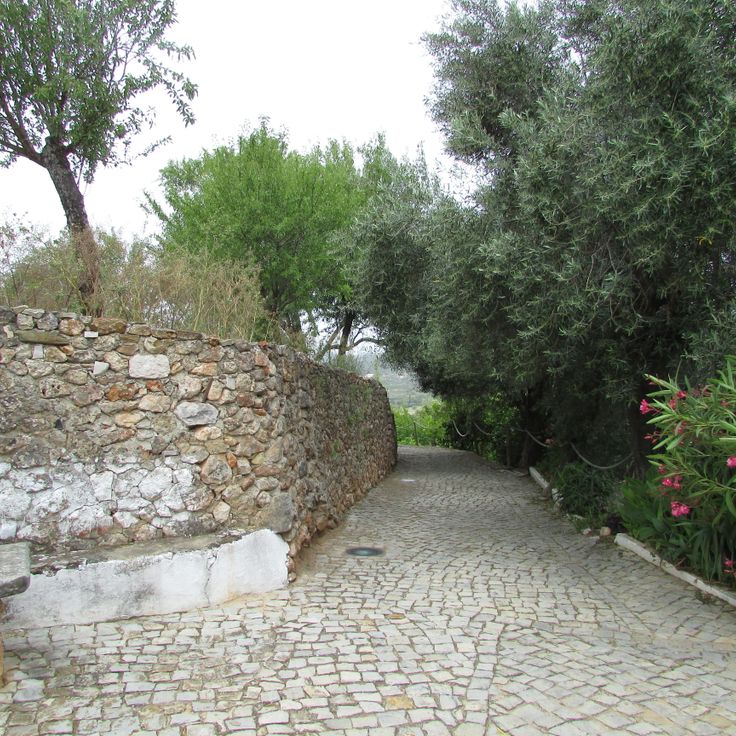
Salir, Portugal
This 12th-century medieval defense structure was built on a hill overlooking the Serra do Caldeirão mountains.
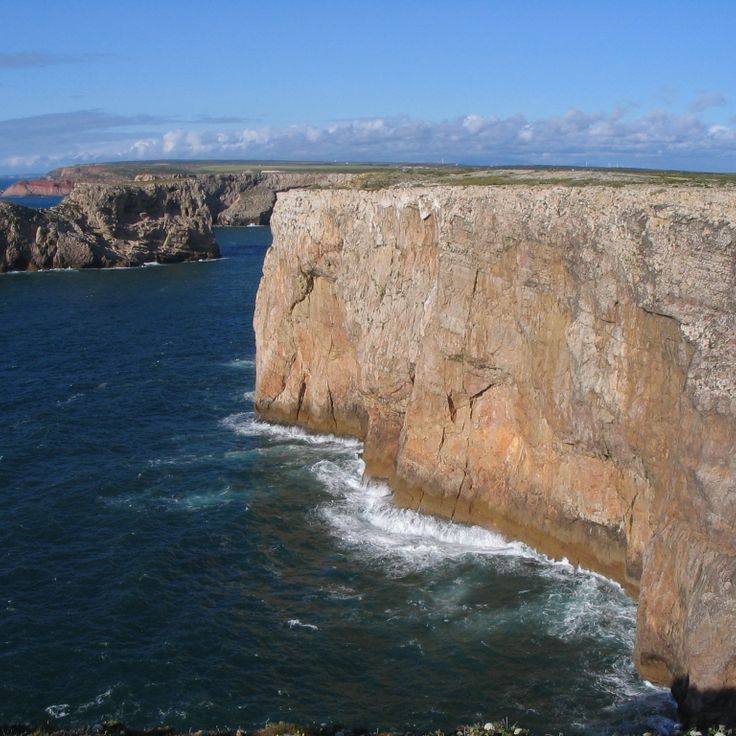
Aljezur, Portugal
A nature reserve with 100 kilometers of coastline, sandy beaches, cliffs and dunes, home to rare plants and birds.
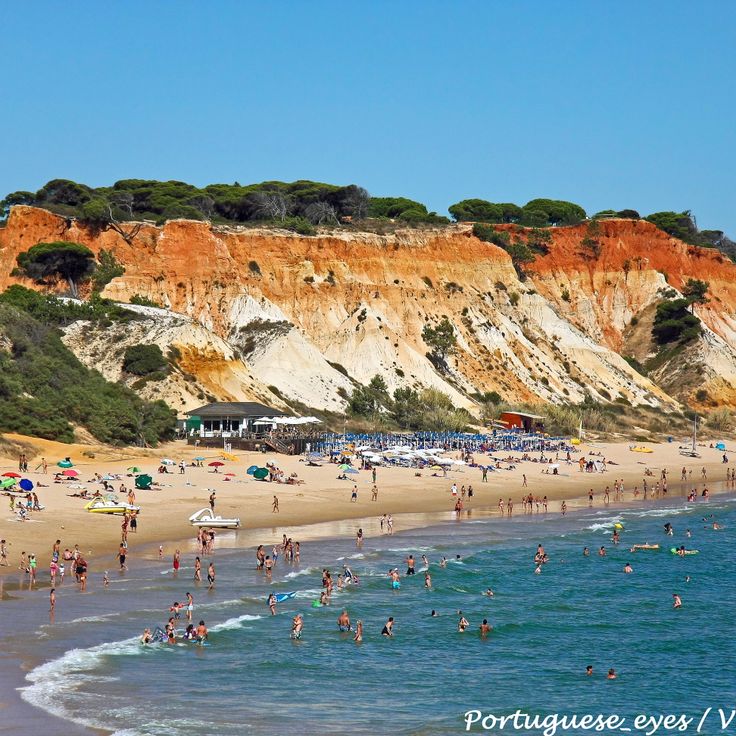
Albufeira, Portugal
The sandy strip extends 800 meters along the coast and serves as a habitat for numerous water birds.
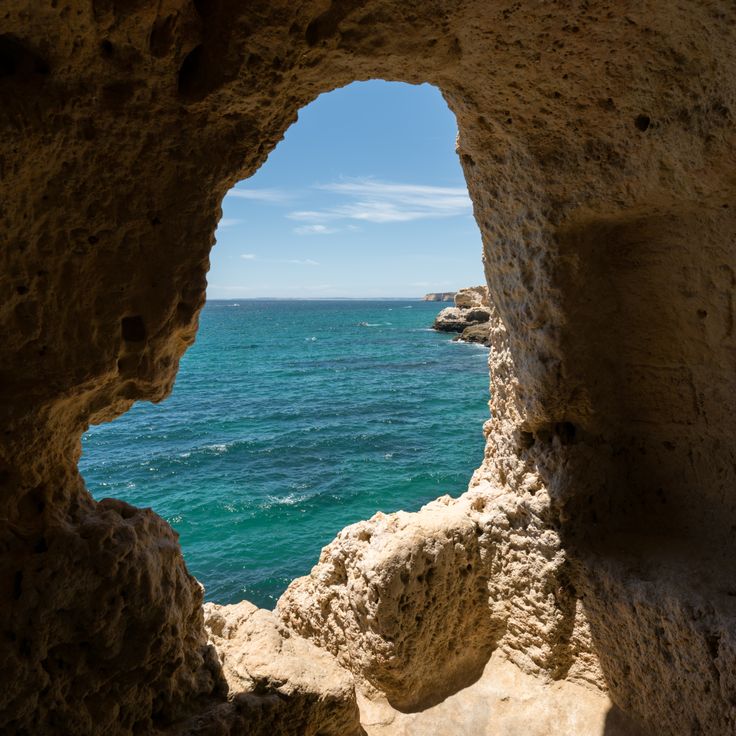
Carvoeiro, Portugal
The rock formations contain natural tunnels and caves created by years of erosion.
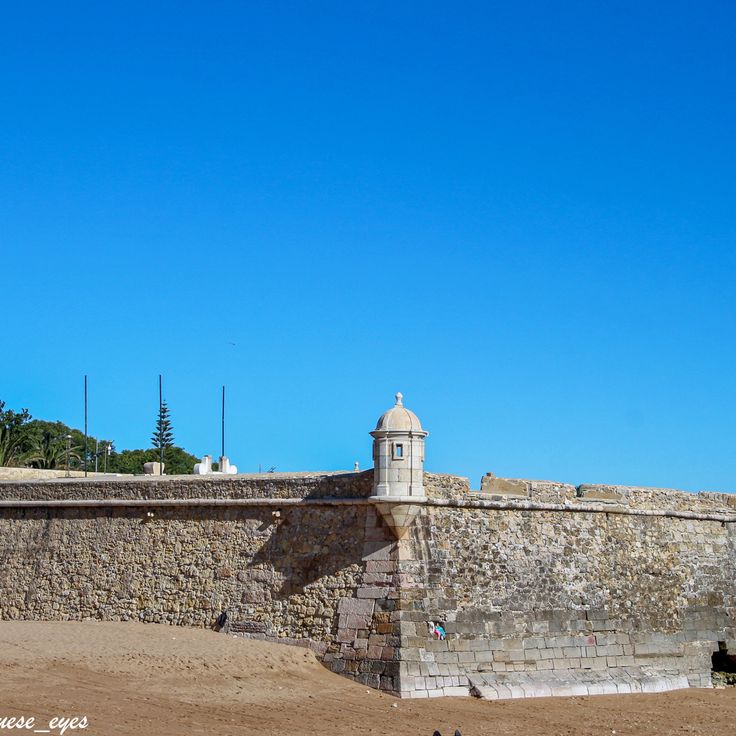
Lagos, Portugal
The 17th-century military fortress houses a museum with nautical charts and maritime instruments.
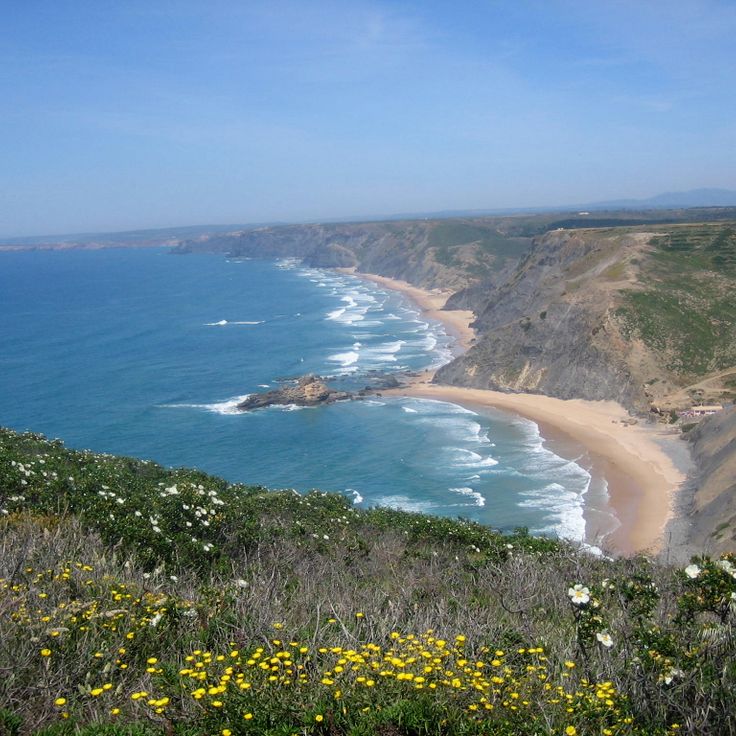
Vila do Bispo, Portugal
The historical watchtower stands 30 meters tall and served as an observation point for ships.
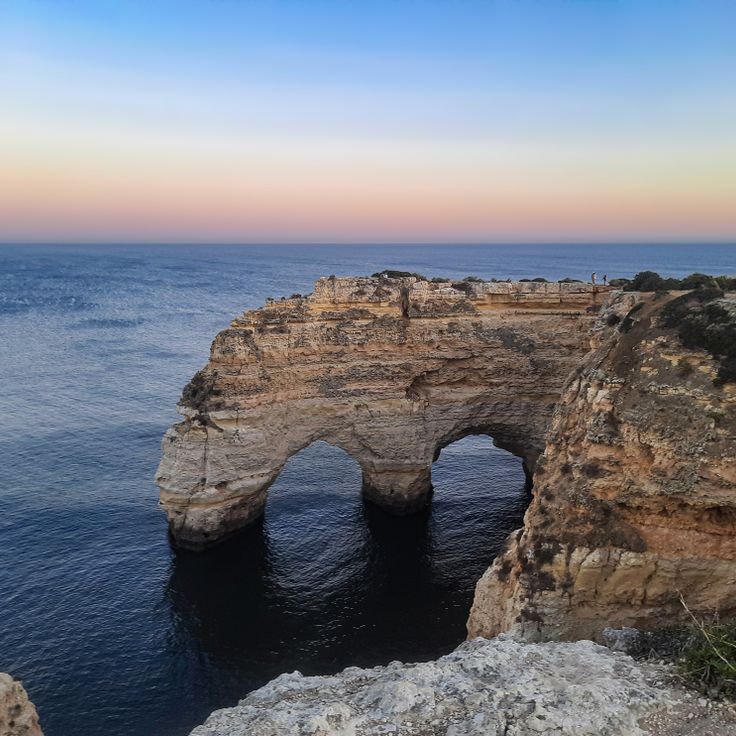
Praia do Vale Centeanes, Portugal
The 5.7 kilometer coastal path crosses limestone cliffs, passing through natural grottoes and small bays with sandy beaches.
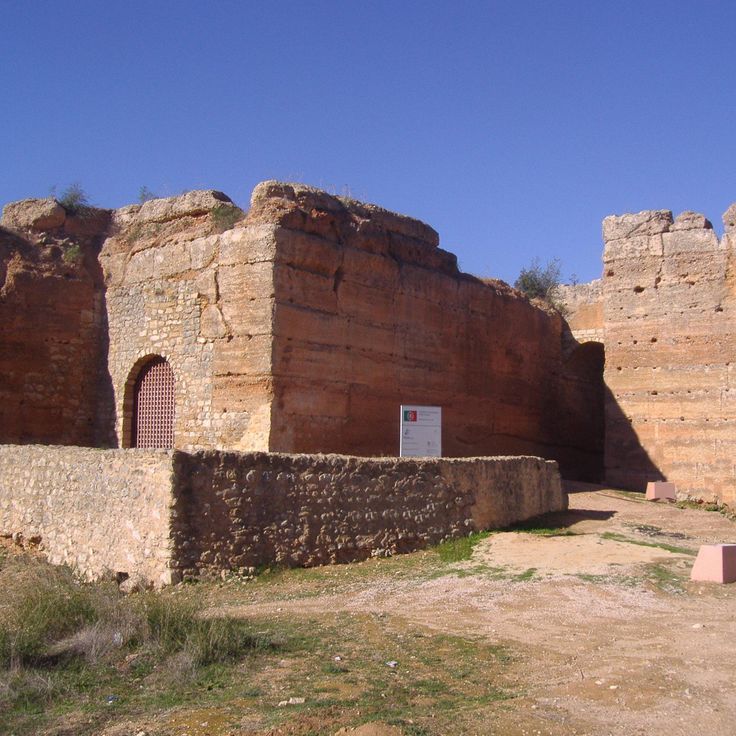
Albufeira, Portugal
The 12th-century fortress built from clay bricks displays typical Moorish military architecture on a hilltop location.
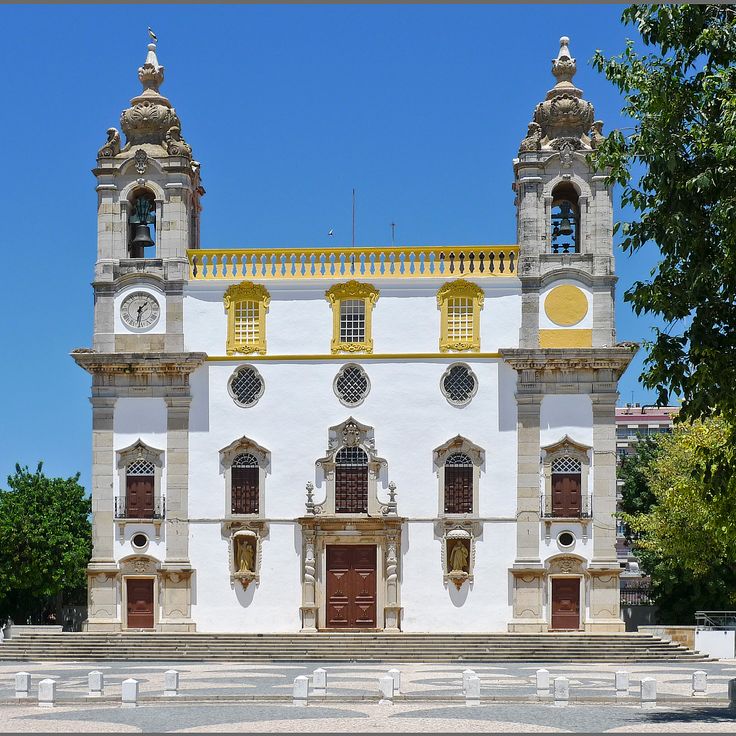
Faro, Portugal
The bones and skulls of 1,250 monks decorate the walls of Capela dos Ossos in this church built in 1719.
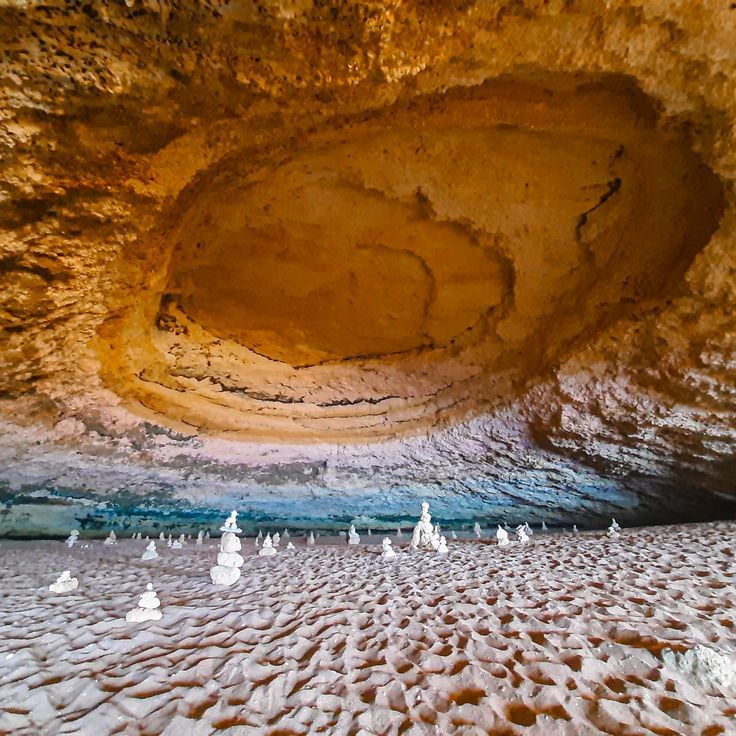
Lagoa, Portugal
A natural cave with two sea entrances and a ceiling opening above the inner sandy beach, accessible by boat or kayak.
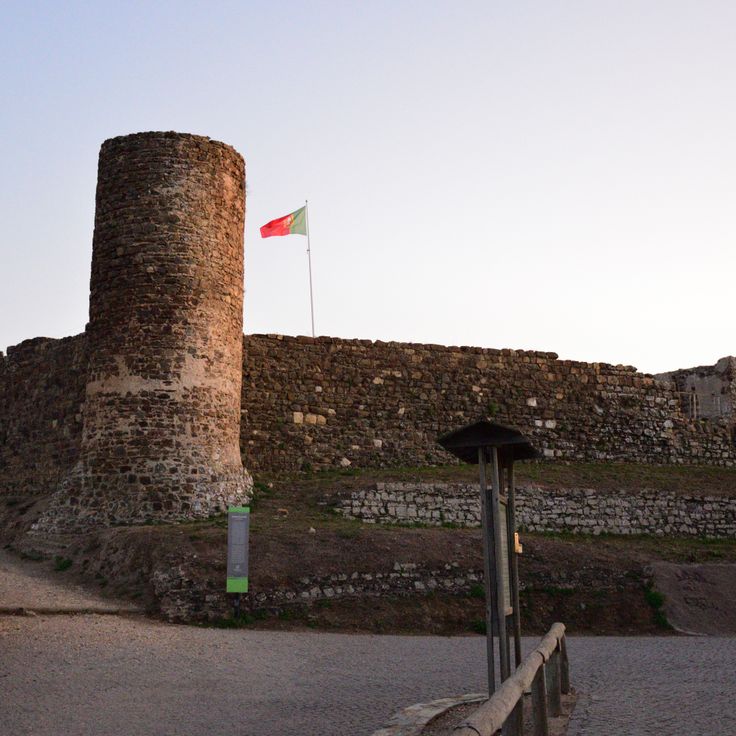
Aljezur, Portugal
This medieval fortification was built in the 10th century and stands on an 88-meter hill overlooking the surrounding region.
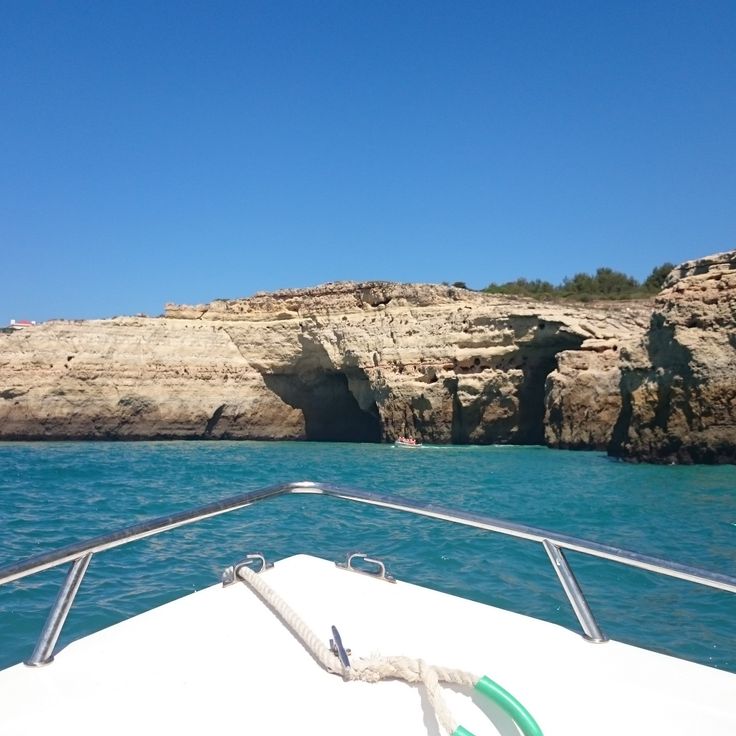
Carvoeiro, Portugal
The cape features a lighthouse built in 1923 and limestone cliffs rising 50 meters above the Atlantic Ocean.
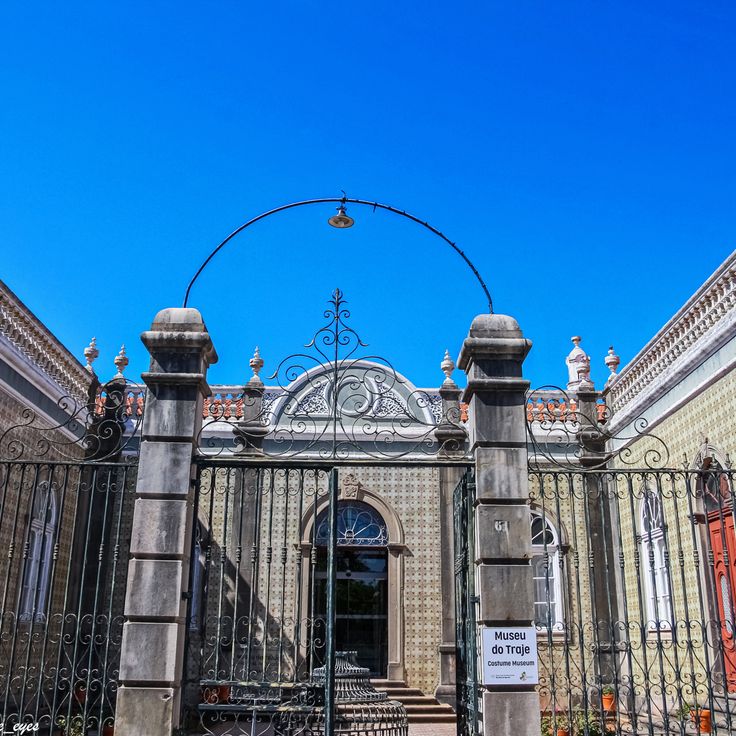
São Brás de Alportel, Portugal
The museum displays a collection of textiles and garments from the Algarve region dating from the 19th to 20th centuries.